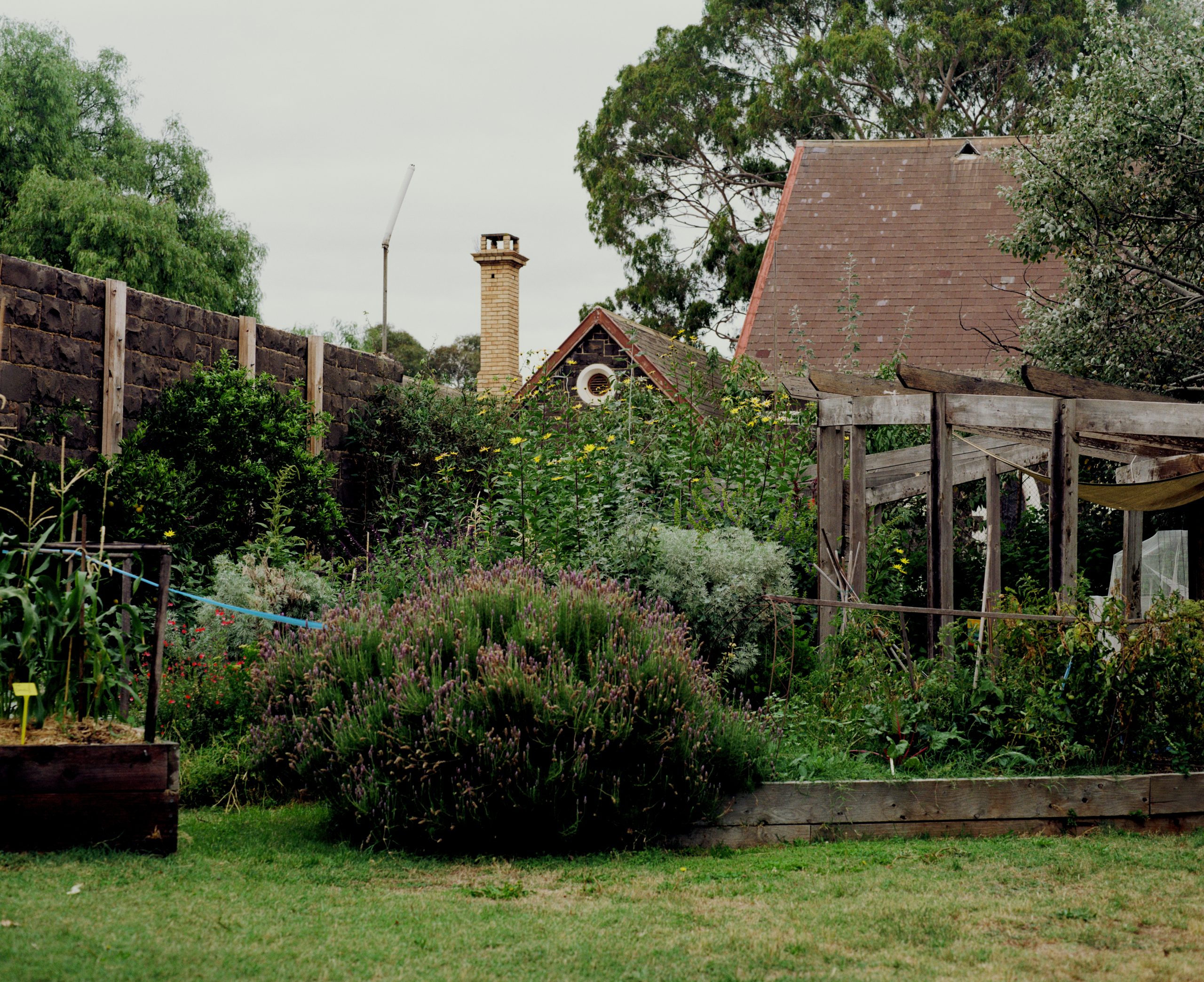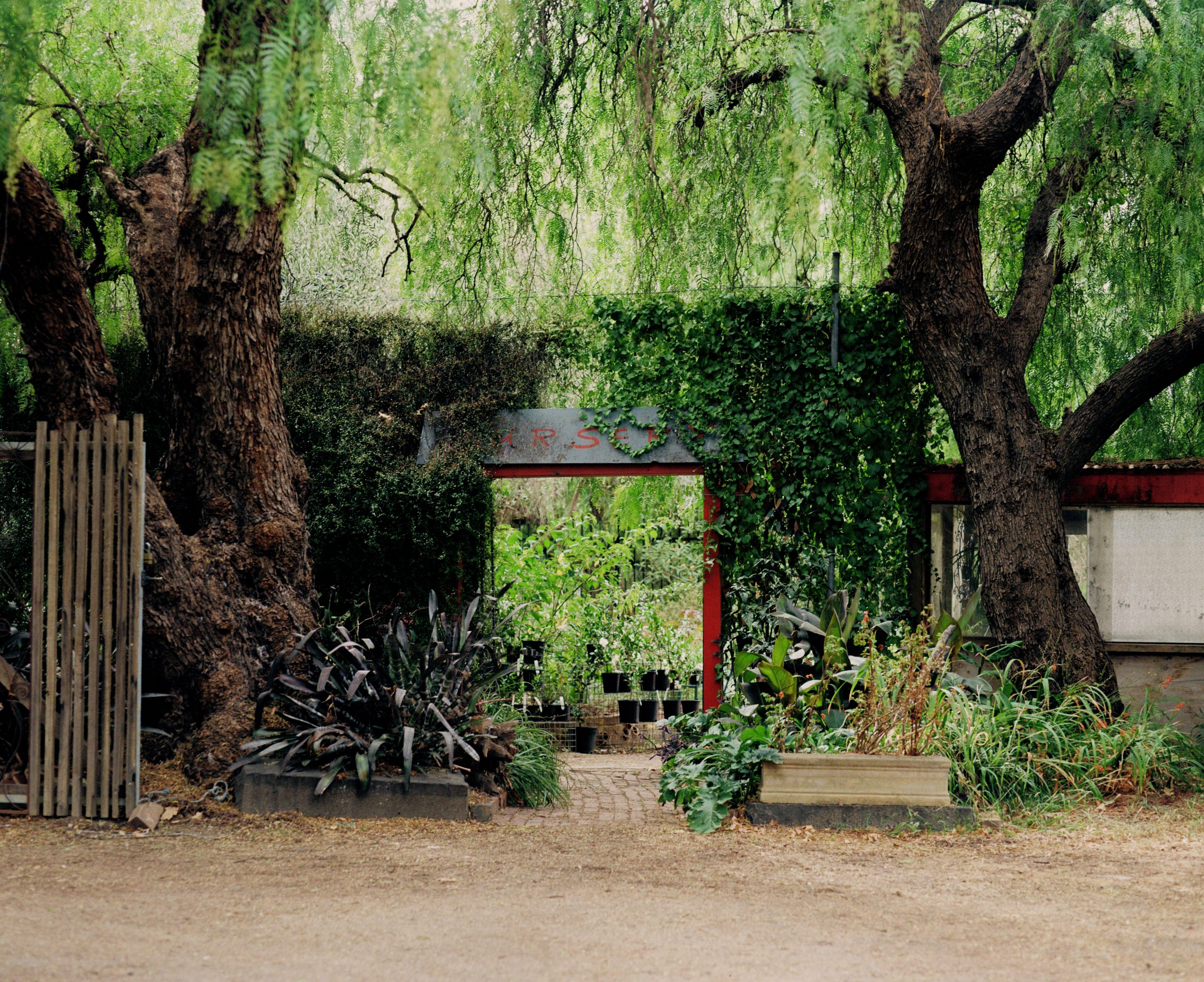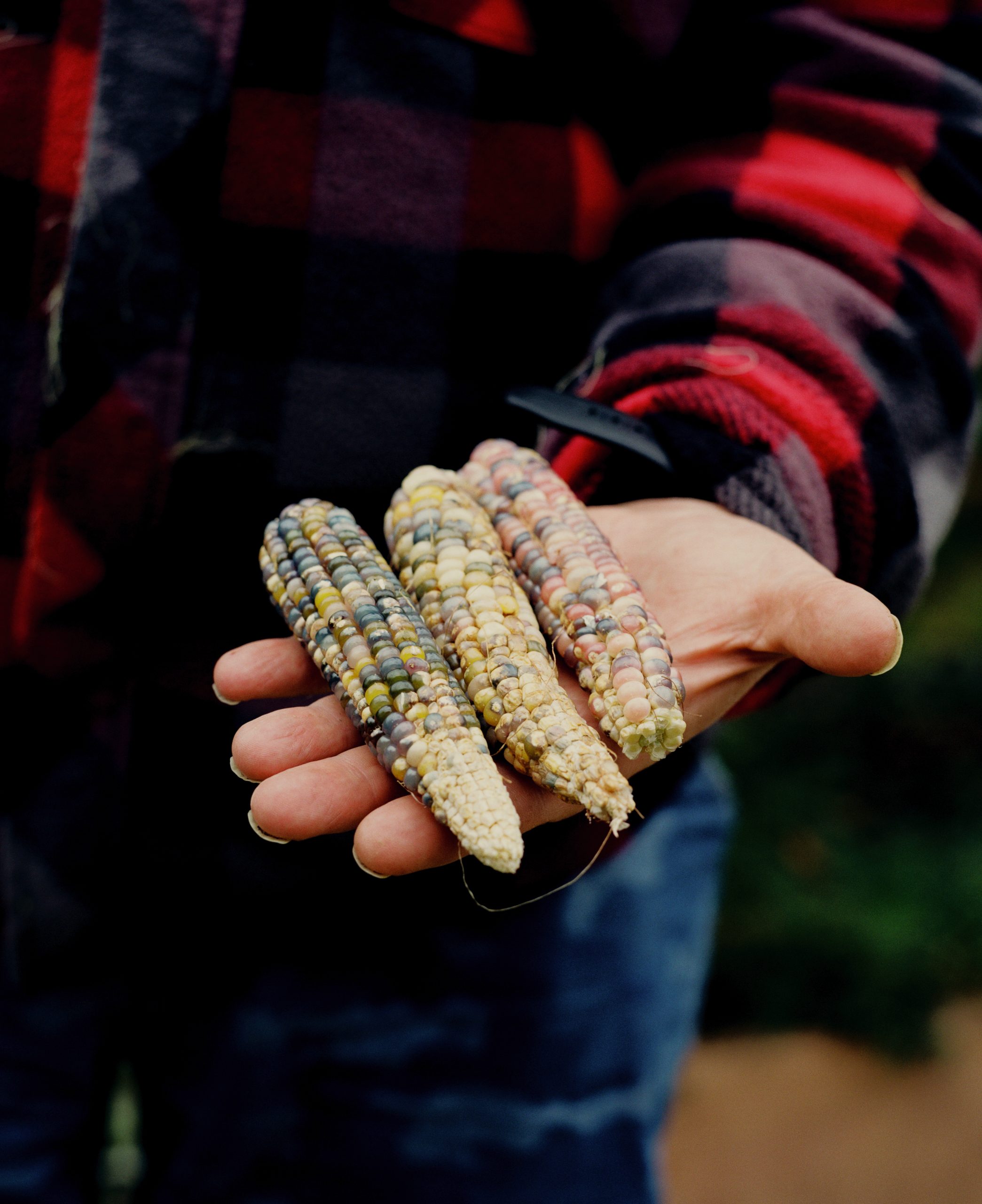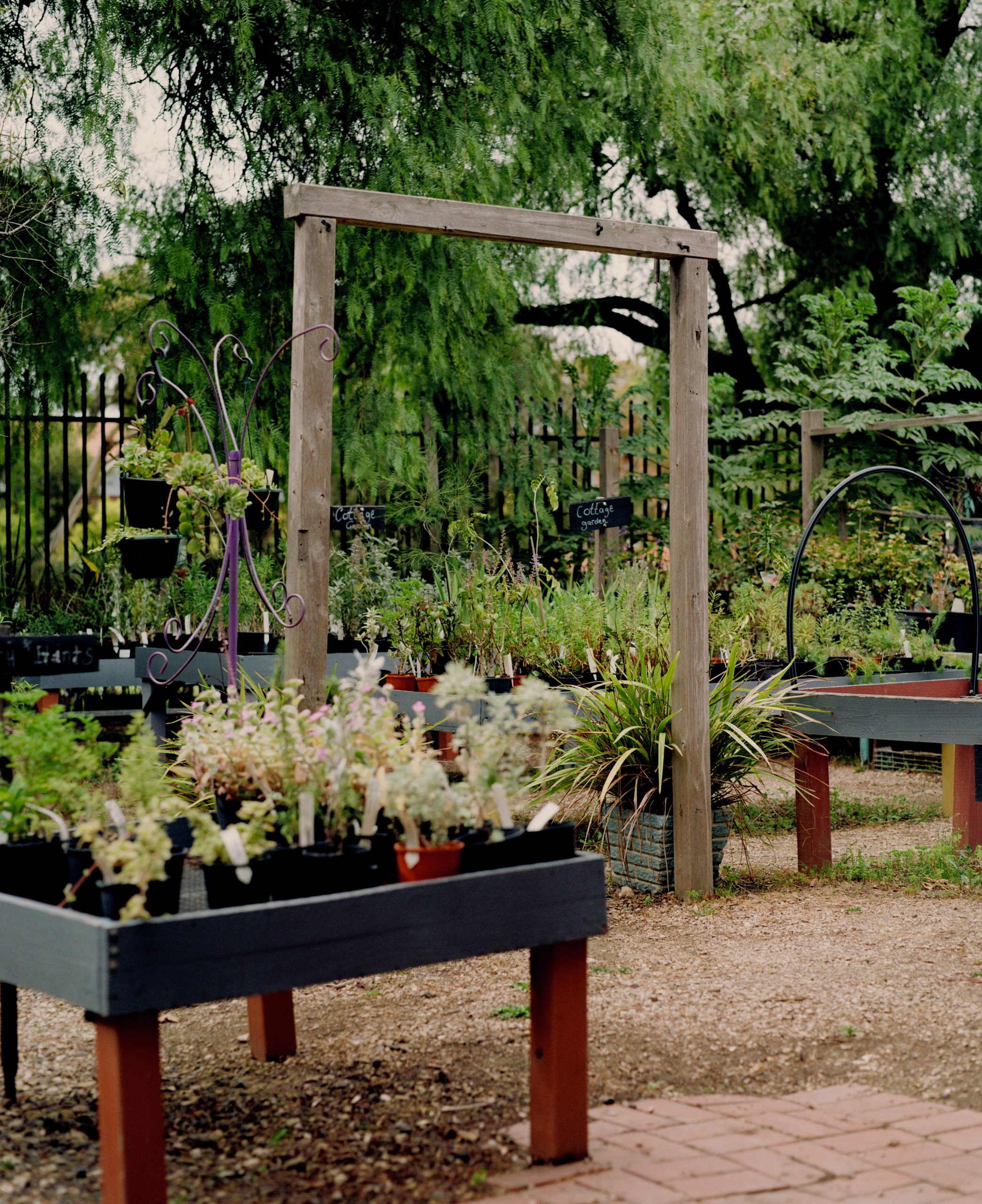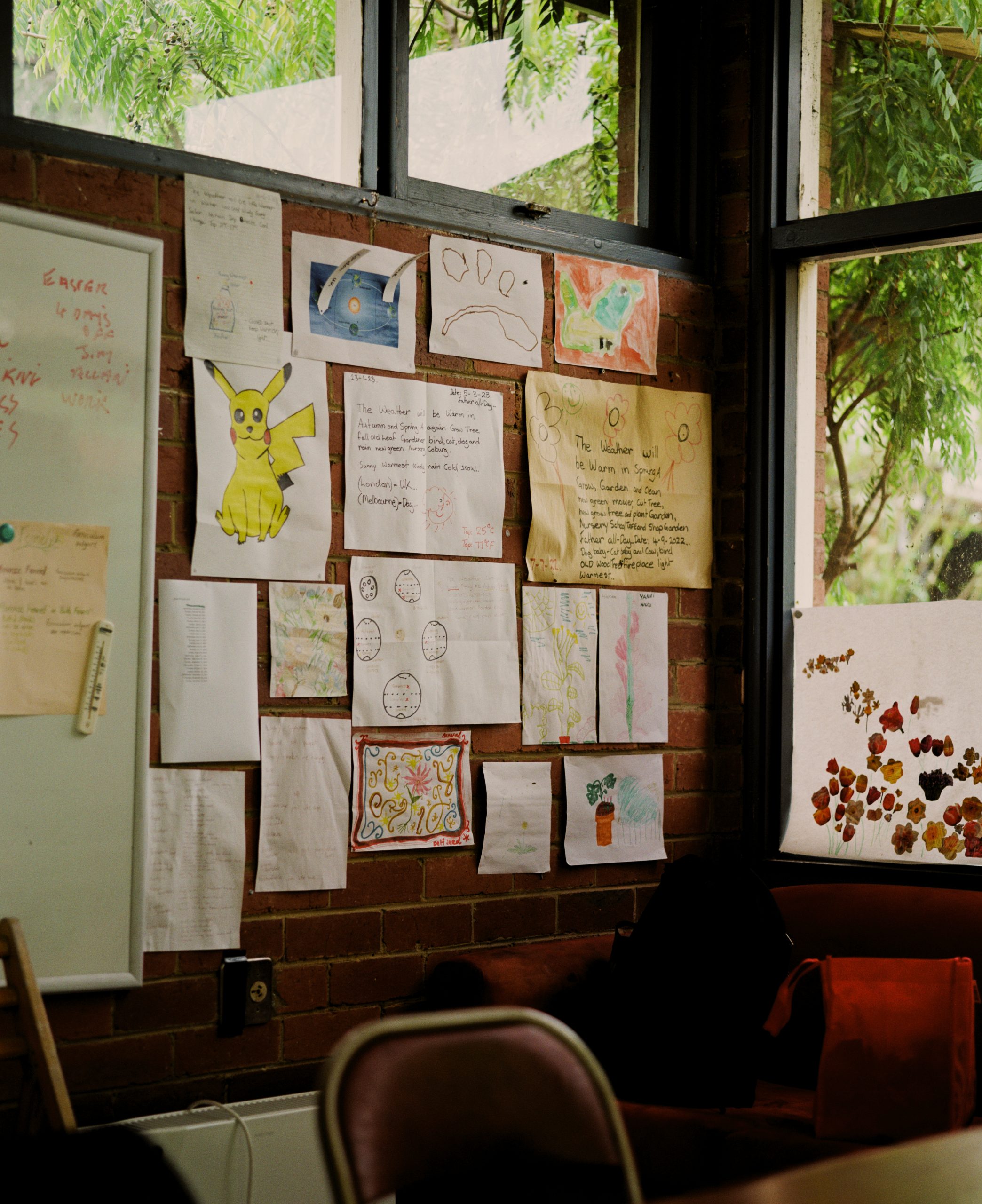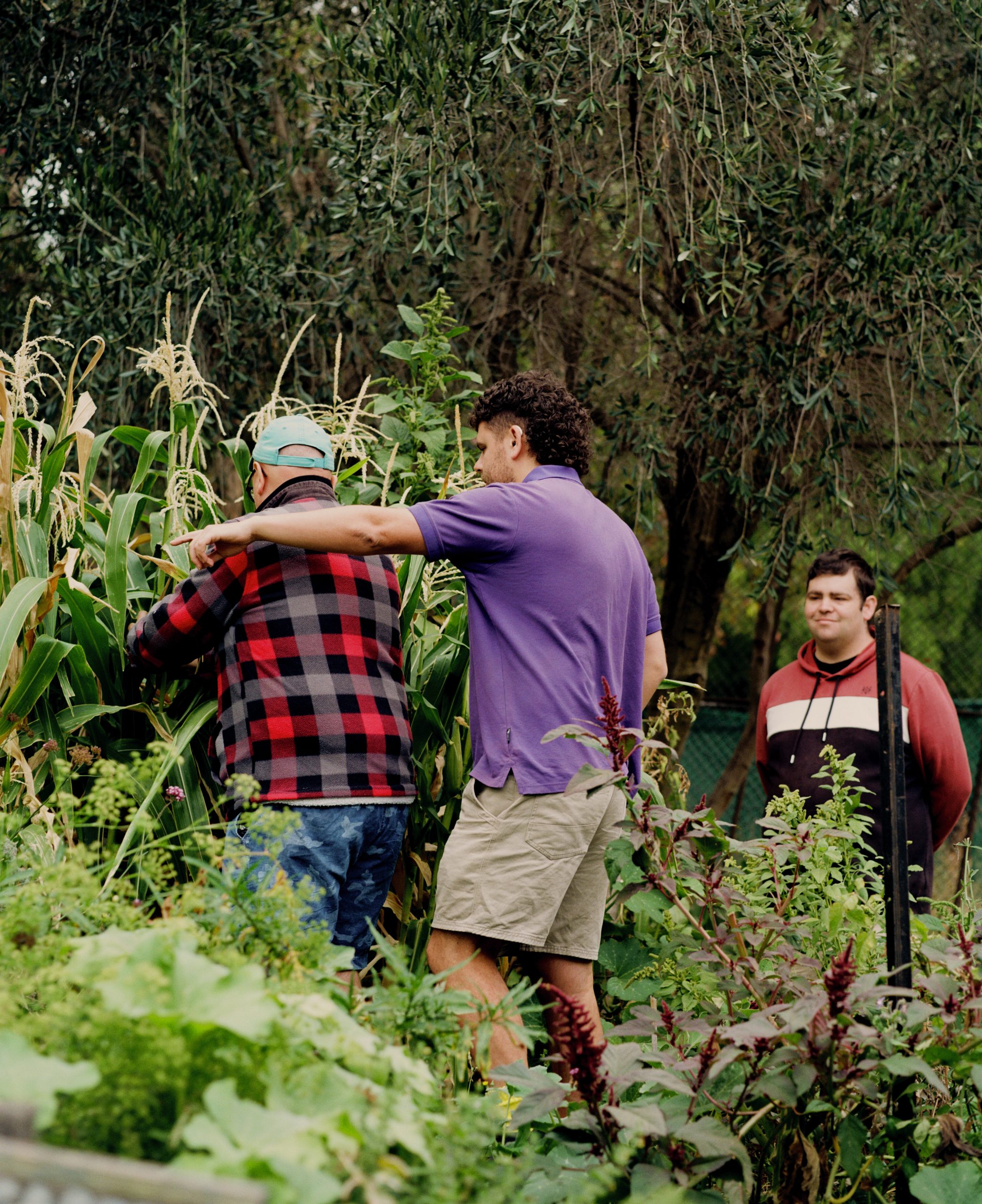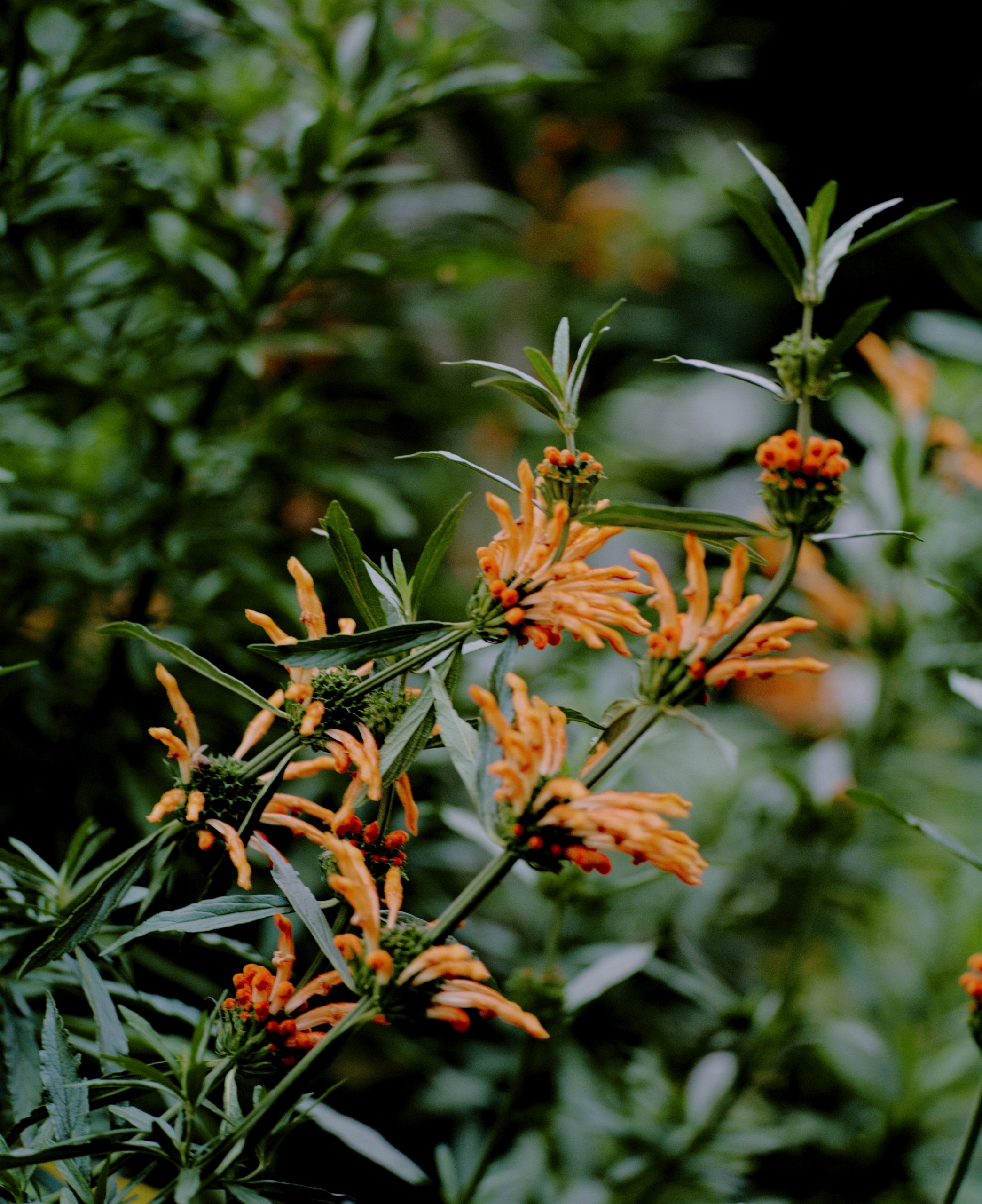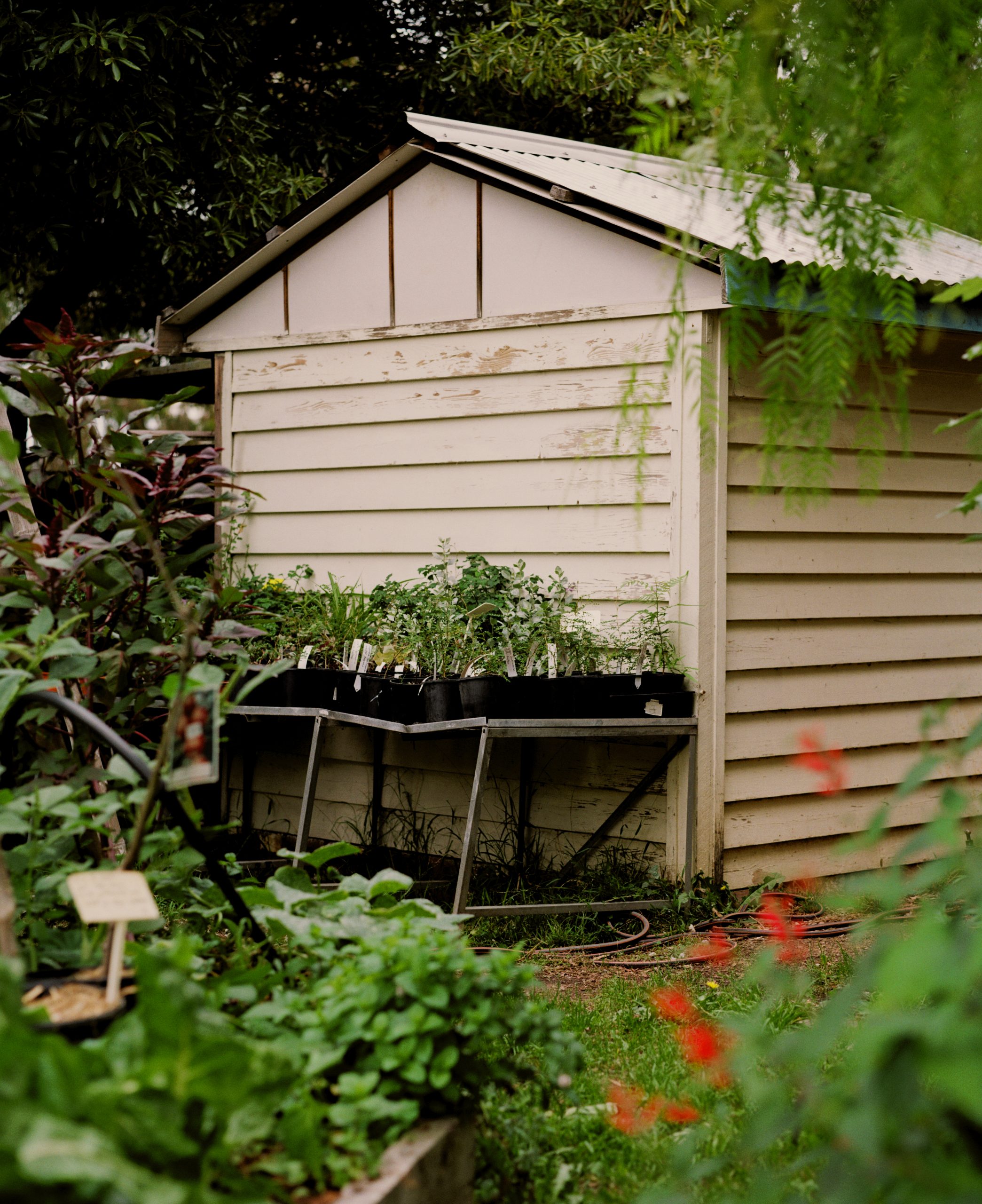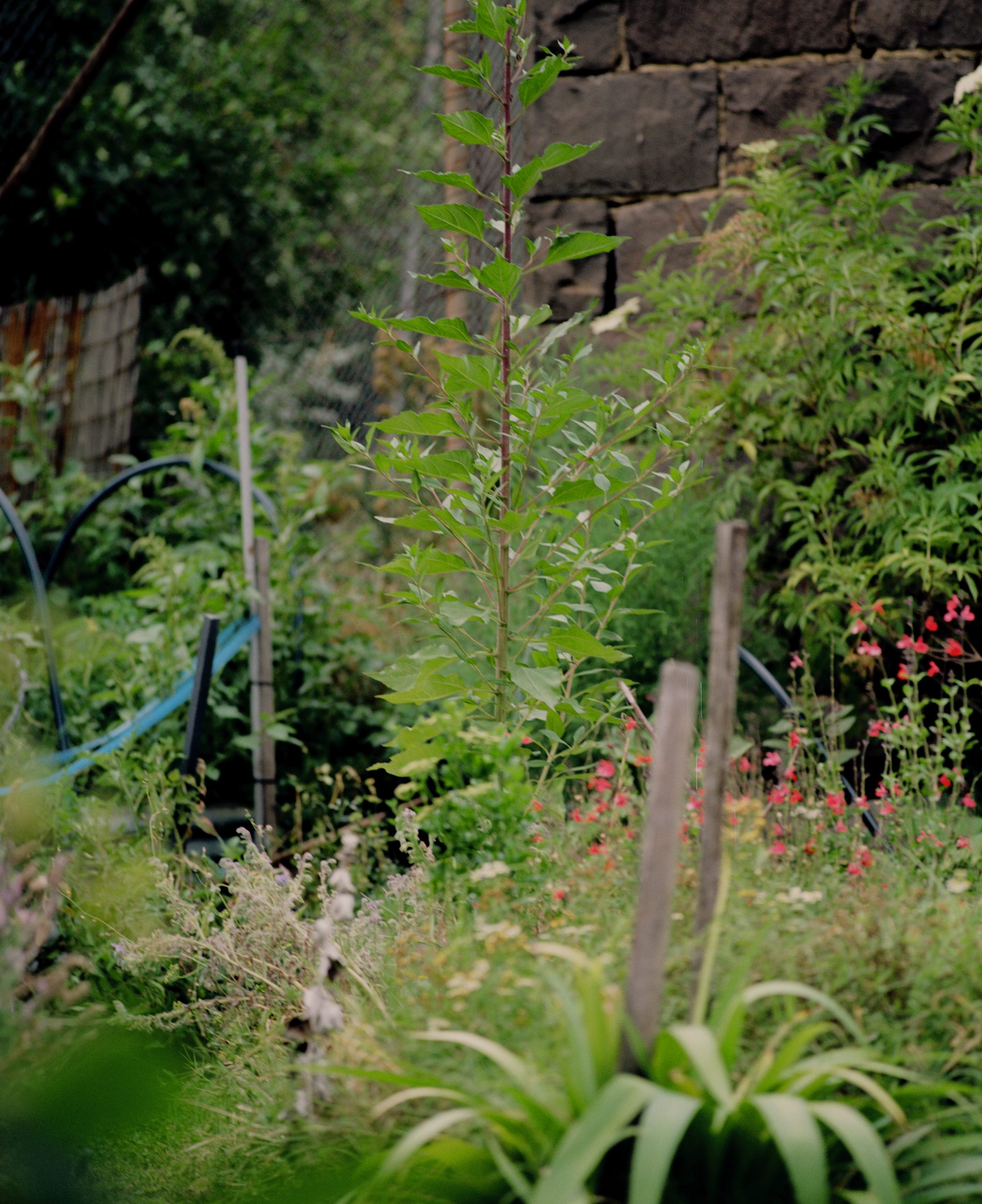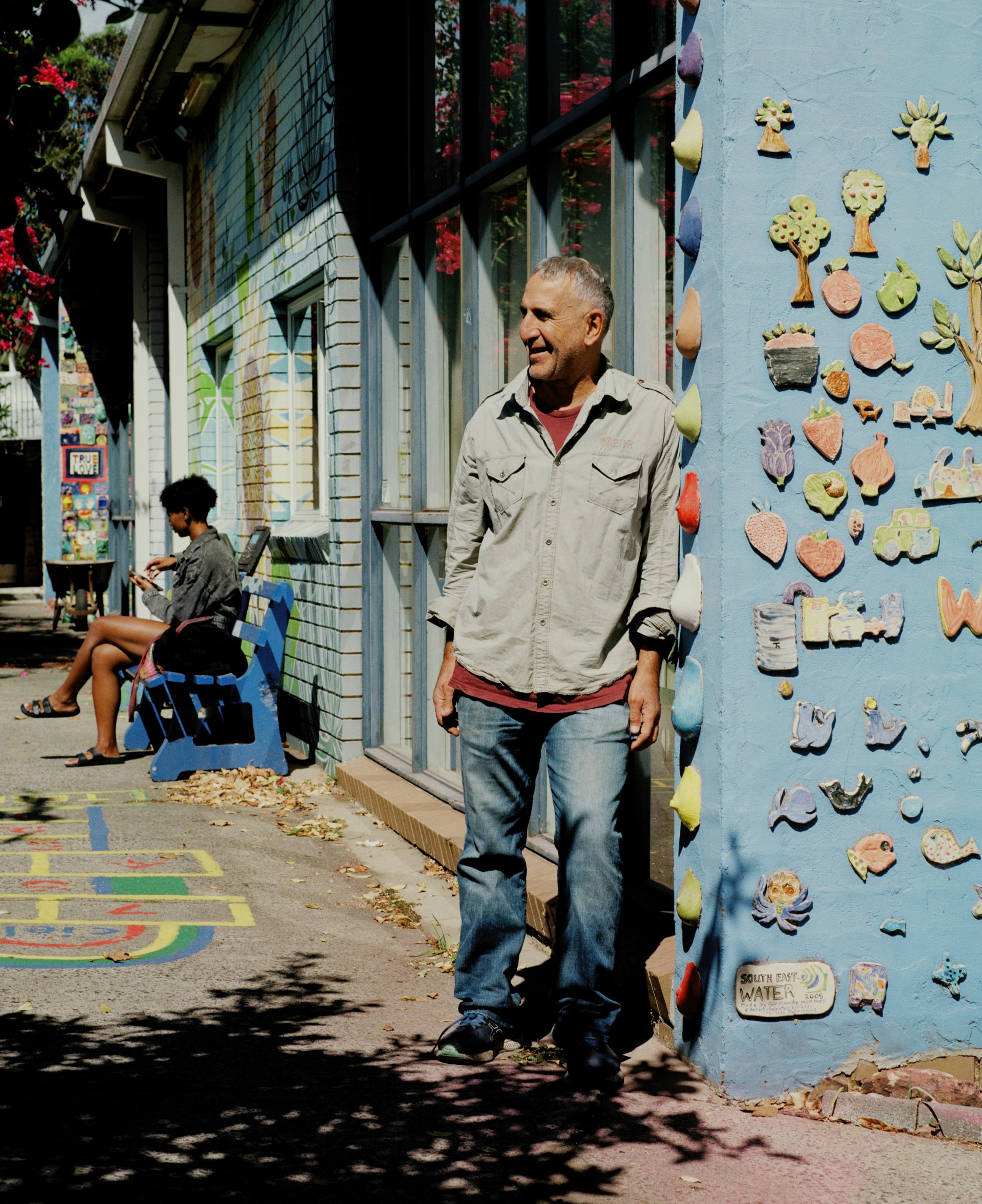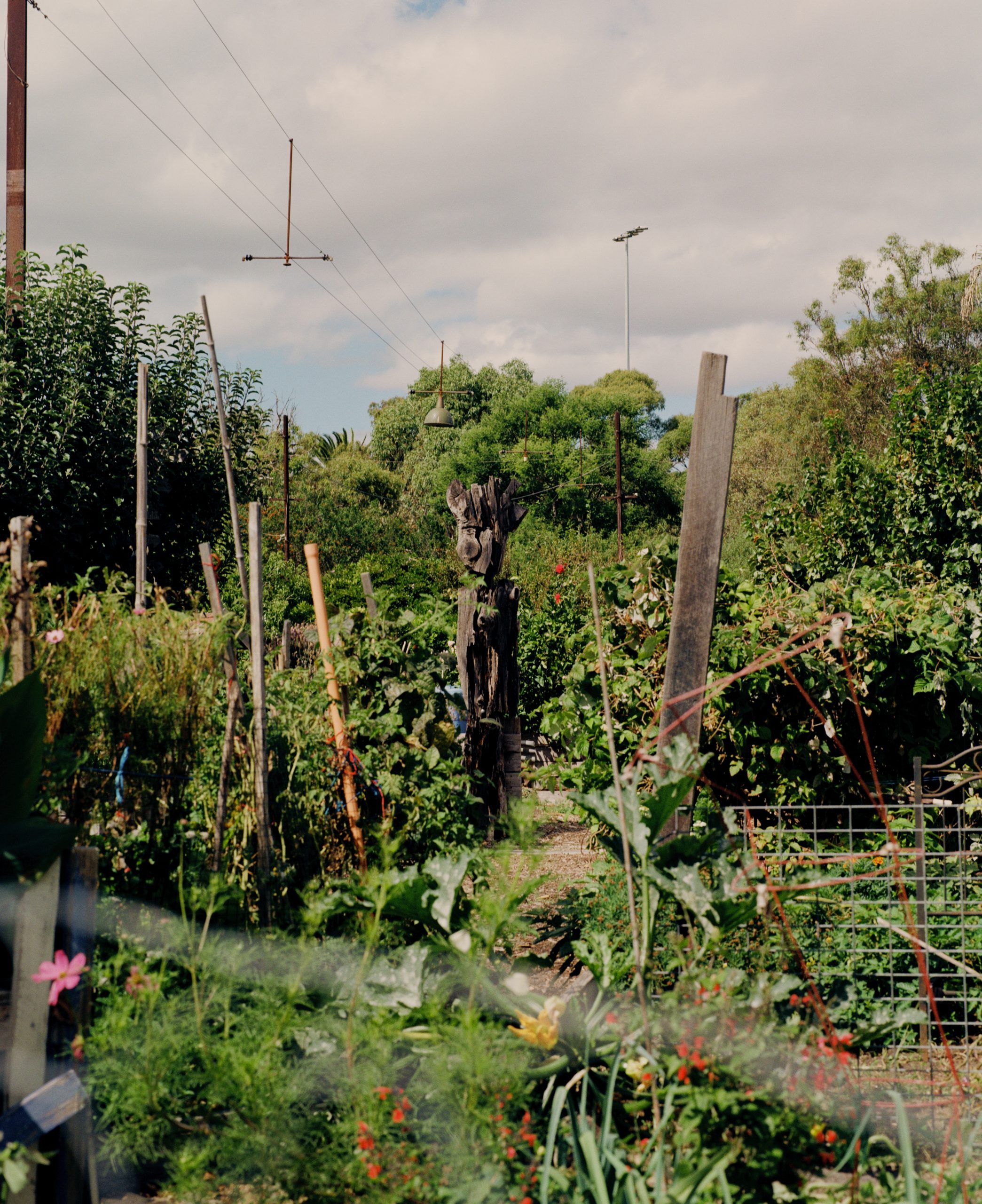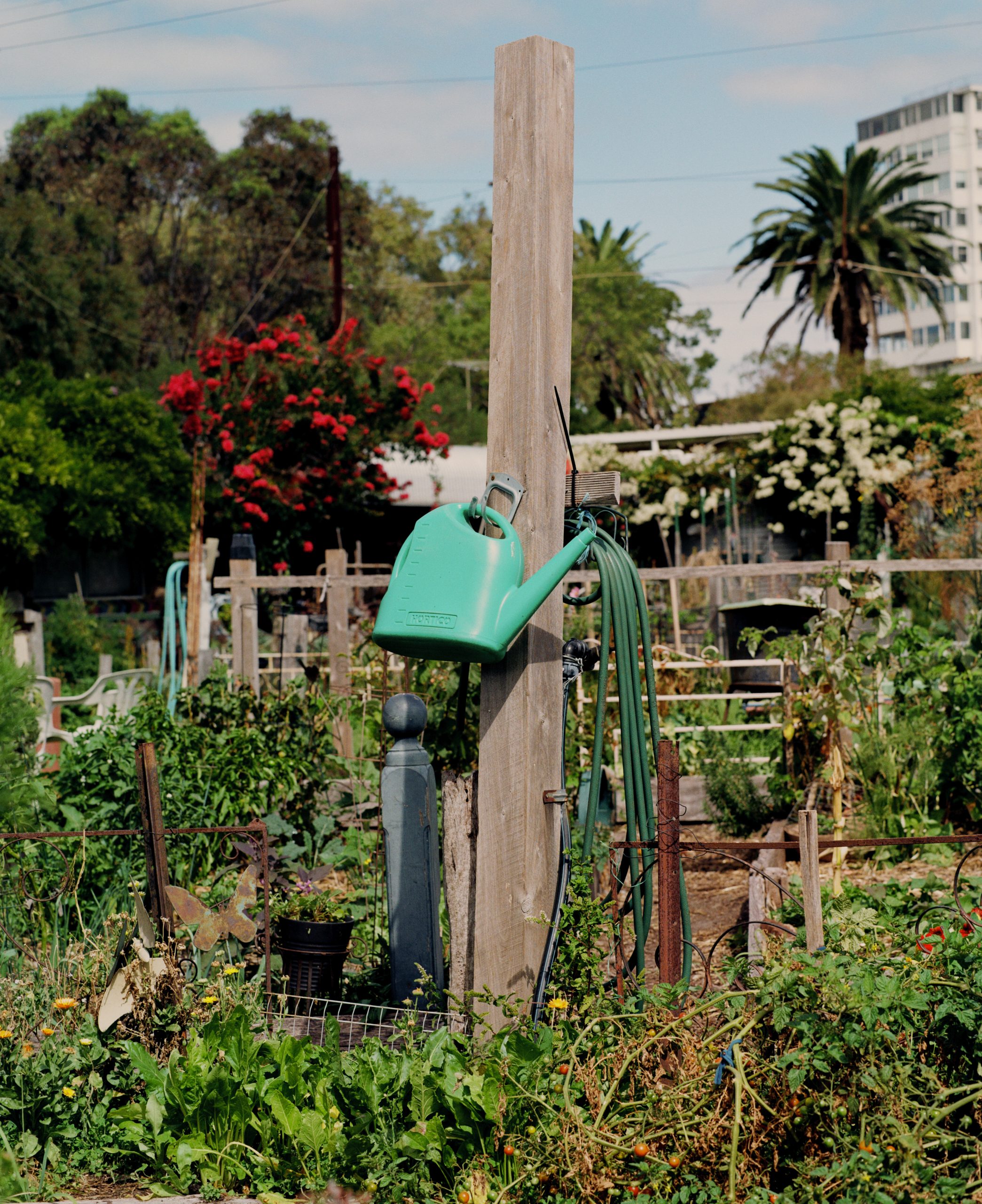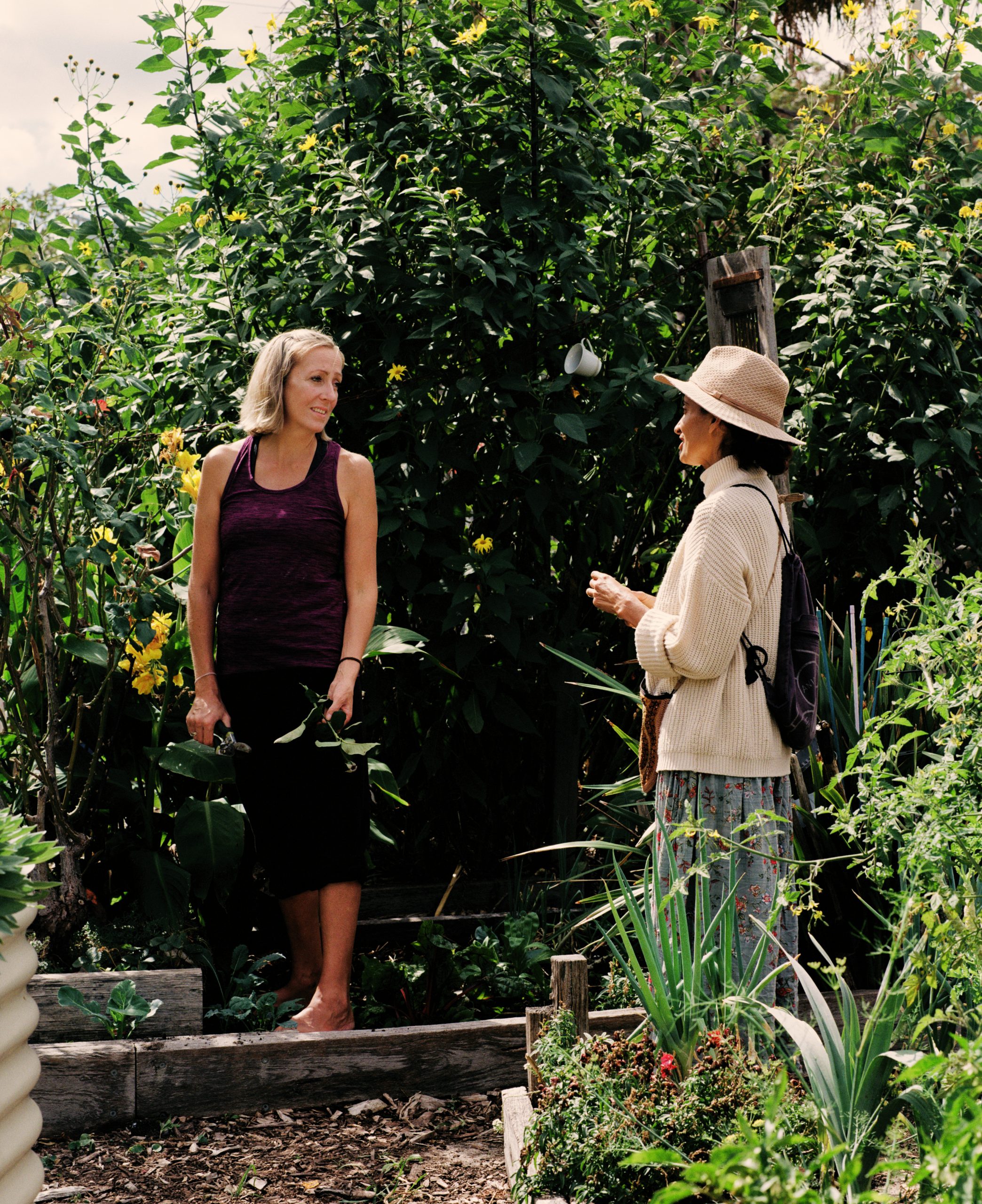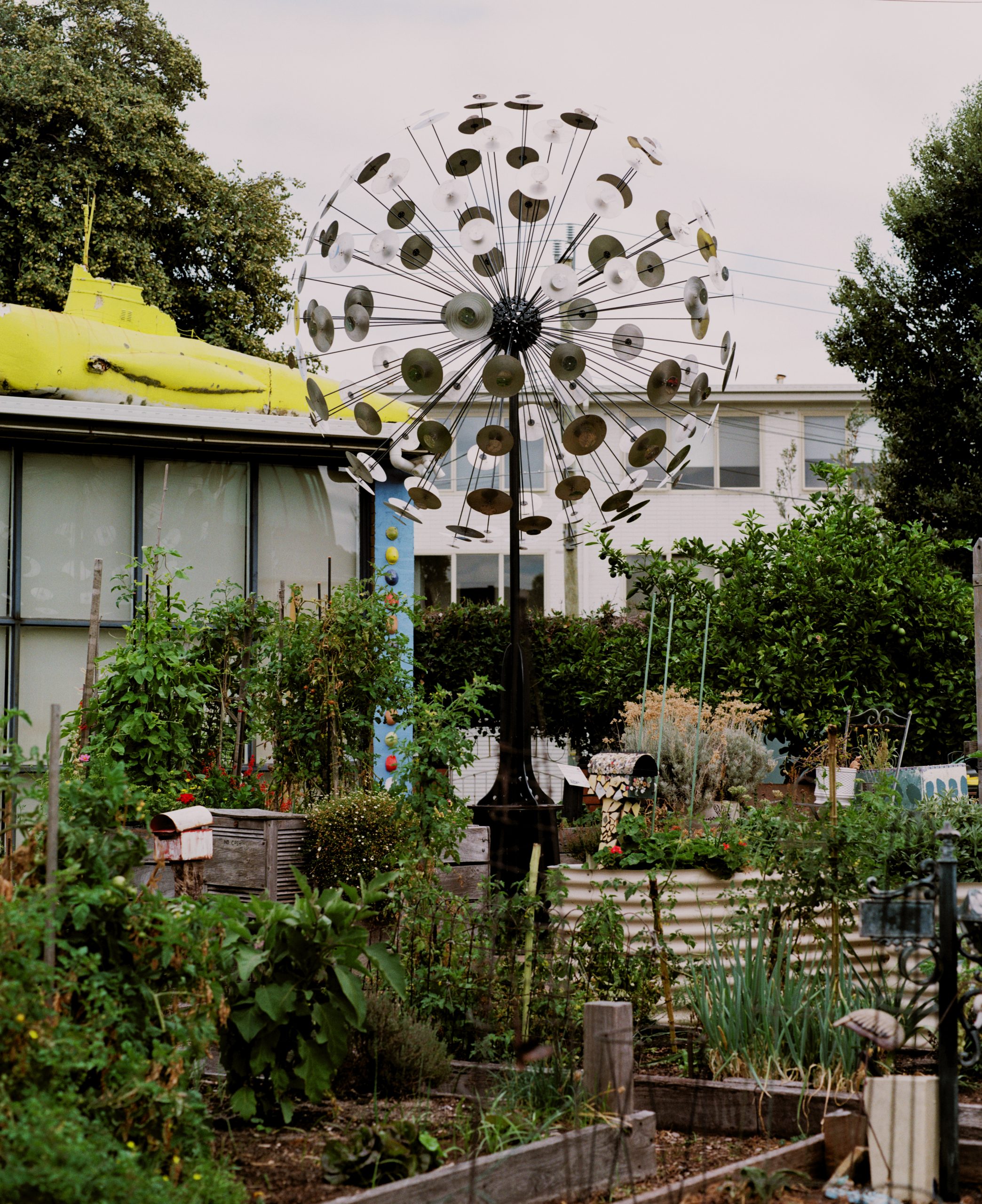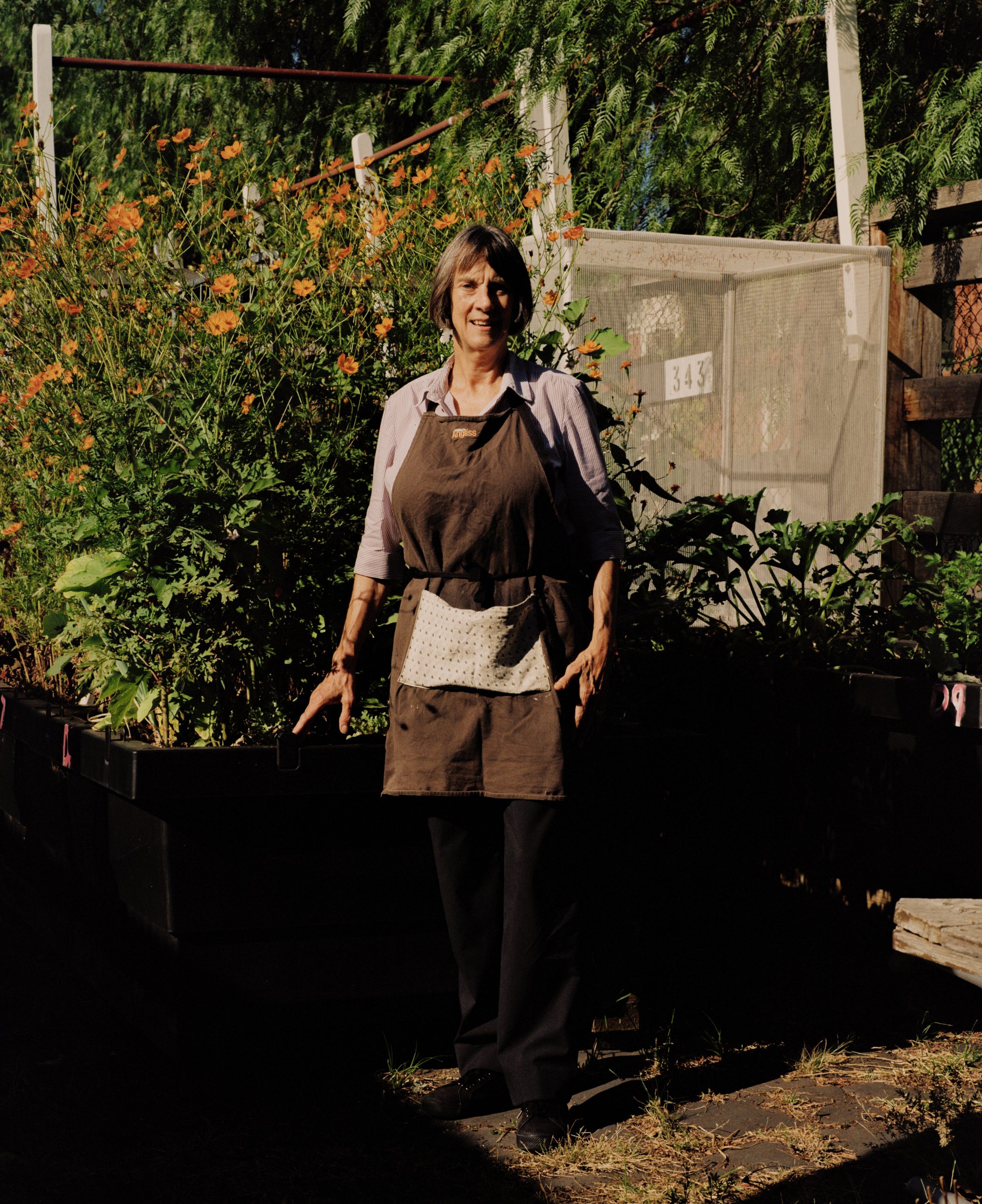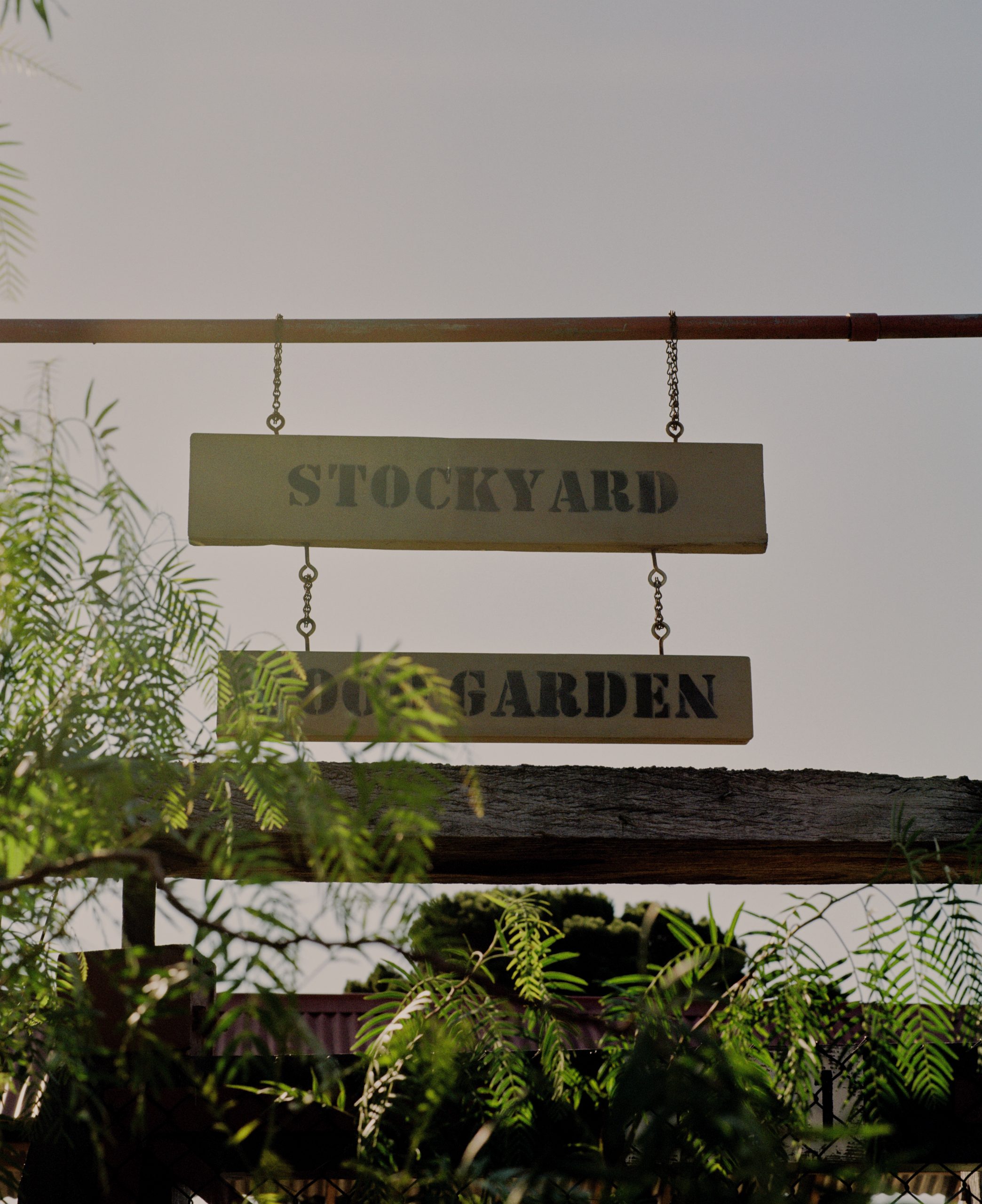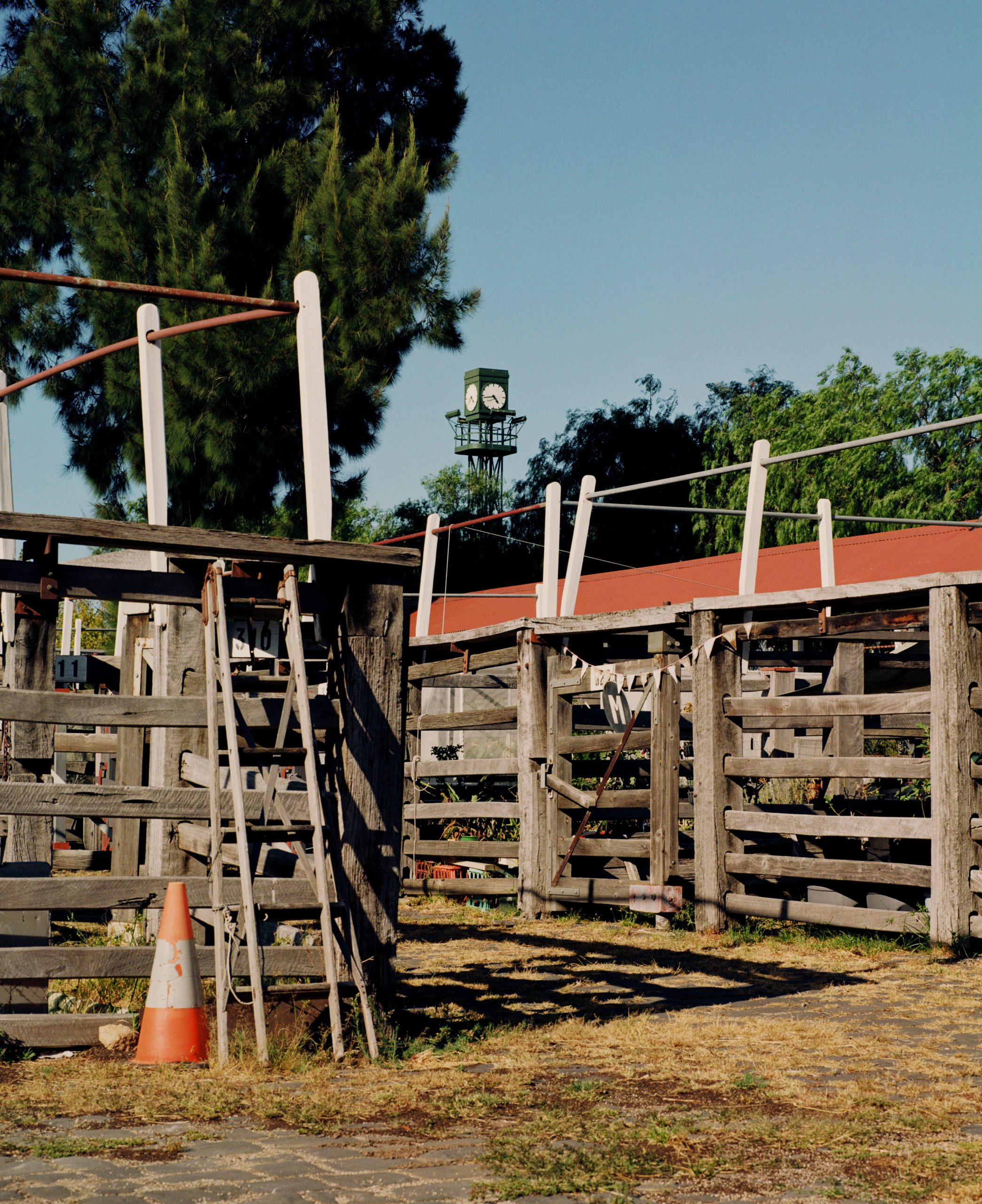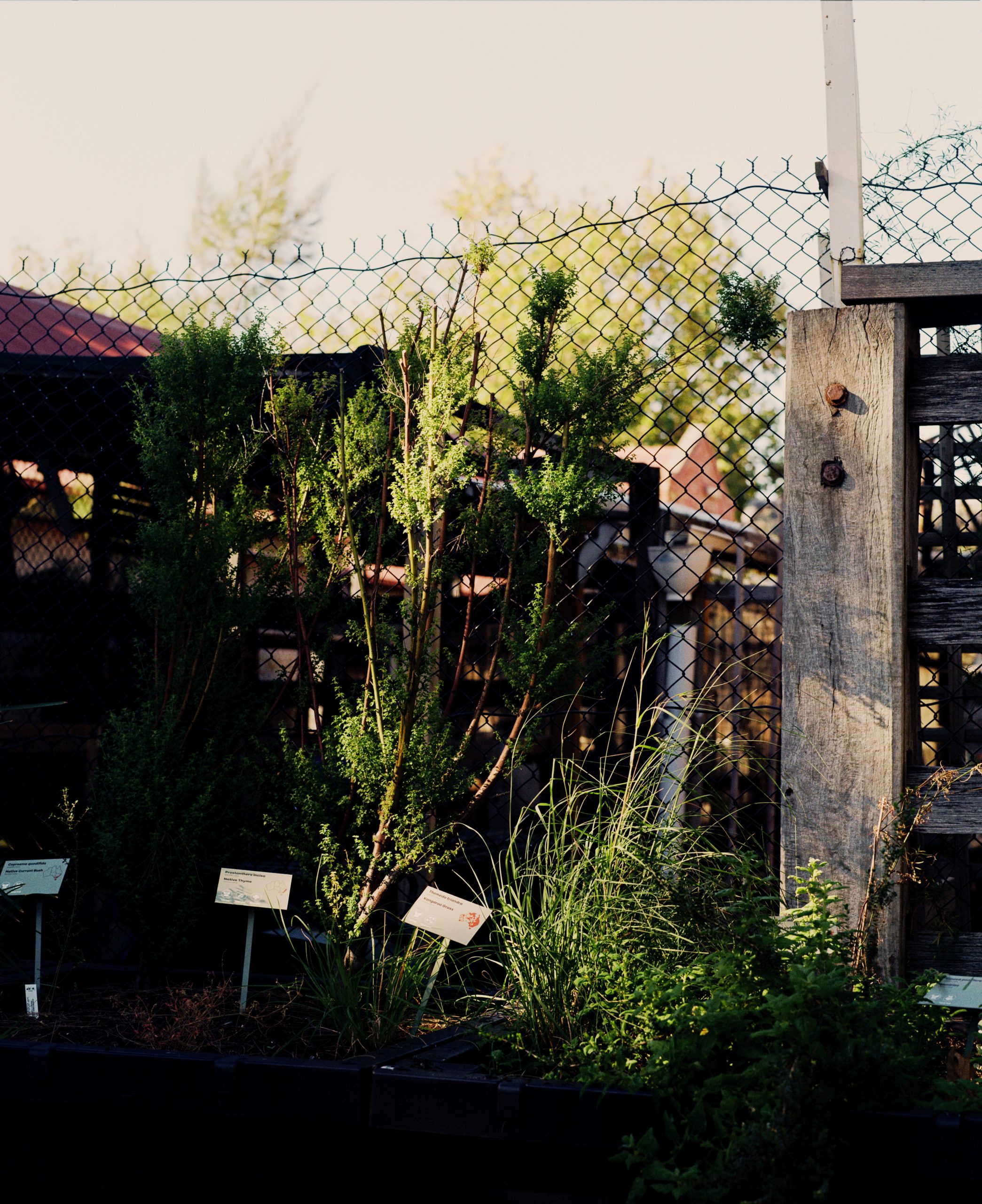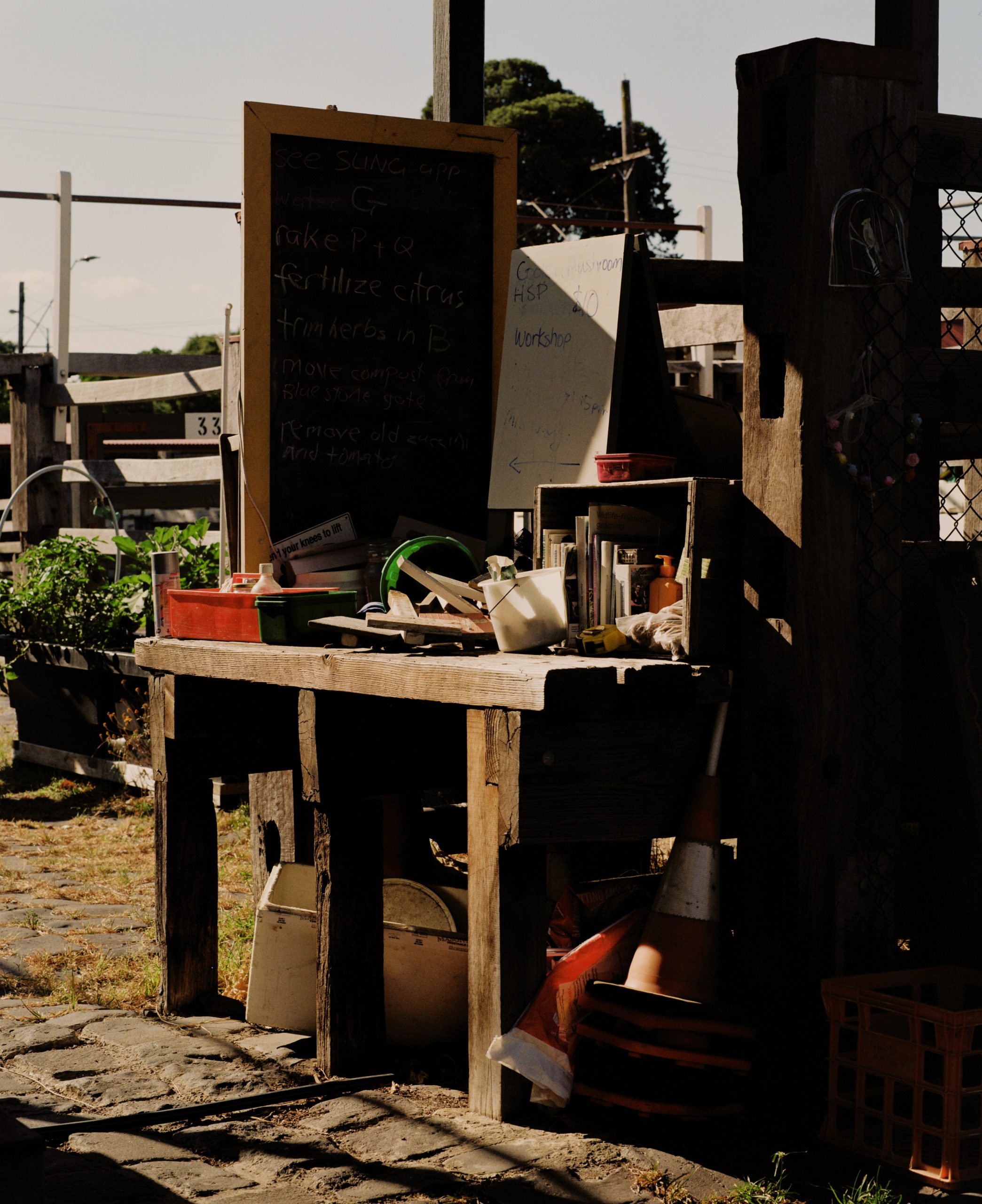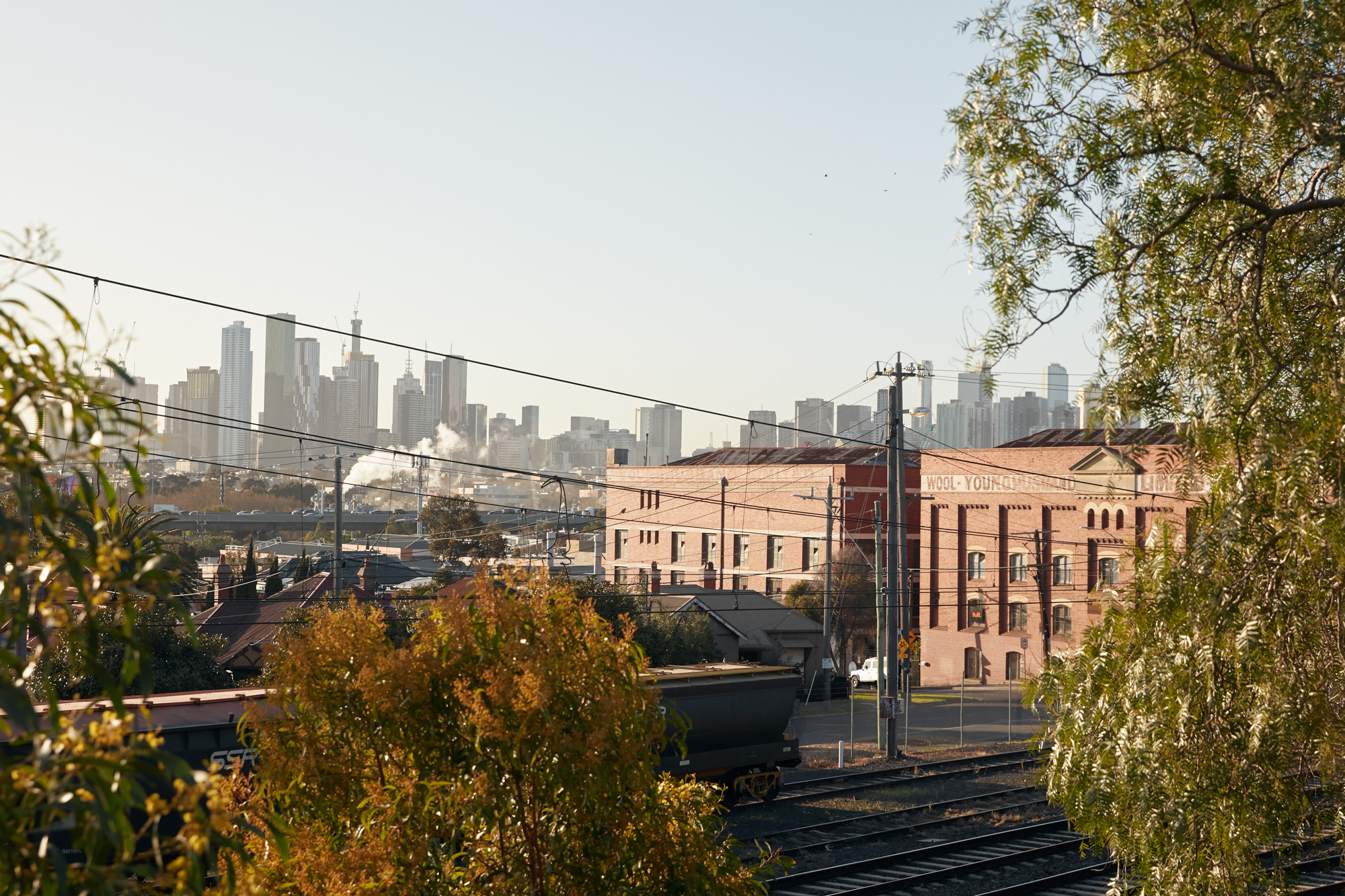How Narrm’s community gardens are making local produce accessible
A few hundred years ago, you couldn’t live in Australia without cultivating your own food. Knowing where your produce came from was a necessity, not a privilege. But the world’s a different place now. I’ve met school-aged children who’ve never experienced the joys of a freshly plucked strawberry or a juicy, sun-kissed orange. They only know of such fruits from artificial flavours in packaged snacks , completely disconnected from their original form.
Among inner-city ‘progressive’ types, there’s a growing interest in eating fresh, seasonal local produce. Narrm/Melbourne is no exception. Paddock-to-plate dining is no longer a talking point, it’s an expectation, and regional specificity – once reserved for wine lists – is the norm across restaurant menus.
Walk into any mid-to-high-tier restaurant and you’ll hear a similar spiel: “The oysters are Sydney Rock, the cheese is from Gippsland, the honey was harvested fresh from our rooftop hives, and the dill was grown on our kitchen windowsill overlooking our pasture of sheep.”
It may conjure images of that chicken episode of Portlandia, but it’s a reality of the current dining landscape and not exclusive to higher-cost establishments. Even local McDonald’s branches emphasise their use of Australian tomatoes, potatoes and beef. It’s what the people want. ‘Locavorism’ has gone mainstream.
To an extent. Most consumers would agree that eating locally and seasonally is something we should all be doing, at least in theory. But the concept of farm-fresh food is just that; people largely remain disconnected to the origins of what they eat. Eating chips made from Australian potatoes does not equate to the experience of growing them.
In practice, cultivating a connection to one’s food is a privilege not everyone can access. Maintaining accessible, non-commercial agricultural spaces – particularly ones that welcome interaction from the community – does not come without a cost. The price, space, time, labour and resources of growing and maintaining a garden are only rising. Urban sprawl and a growing lack of green space are issues facing cities worldwide.
This is not a reason to abandon the initiative. There’s tremendous environmental, physical and psychological benefits to growing and eating from a garden. But in order to make garden sustainable, we must rethink what they look like.

There’s no perfect formula, but after speaking with leaders and members of five community garden initiatives around Narrm/Melbourne’s inner city, I started to string together the ways in which gardens function most effectively, as well as the advantages they provide.
My research begins at North Melbourne Community Centre, a spot I stumble upon while trying to reach a community garden project in Kensington. Here, I meet Peter Wright. It’s an opportune encounter. As a former chef with a deep interest in sustainable dining, Peter has witnessed firsthand the evolution of Australia’s dining landscape to prioritise local ingredients and sustainable agriculture practices that consumers can connect with.
He references restaurants Attica and O.MY as pioneers of the movement, helping to propel the concept of farm-to-table dining into the current lexicon. Both restaurants offer menus dominated by local ingredients, many of which are grown on-site or within close proximity. And both charge between $150 and $360 per head before drinks, a luxury limited to a select few.
Venues like these are selling a premium service, while reinforcing a the sentiment that connection to one’s food requires capital. But a thriving network of community gardens around Narrm/Melbourne are shifting the narrative.
One such garden near to Peter’s heart is located on the rooftop of his own apartment building, Elizabeth Street Common Ground (ESCG). The housing initiative (a partnership between Unison, Launch Housing and Homes Victoria) is a mixed-tenancy project designed for people with low income, or those who have experienced homelessness or have chronic health needs.
Brimming with a seasonal rotation of tomatoes, pumpkins, greens and herbs, the garden offers residents the unique chance to influence which foods they have access to and witness their growth in action. But the impacts extend beyond diet, according to Launch Housing’s service manager Roslyn Stewart.
“Many residents of ESCG have experienced chronic homelessness and have complex needs,” she says.
“The rooftop garden serves as a valuable therapeutic green space, which may be especially beneficial to individuals with complex mental health needs, contributing to the wellbeing of the broader community.”
The garden is as much a source of leisure as it is sustenance. When they are not tending to the produce, residents are encouraged to participate in staff-facilitated game nights and resident-led barbecues.
“Research suggests that engaging in horticulture reduces stress, improves well-being, and enhances social interaction,” says Roslyn. “Green spaces also foster a connection to nature and a sense of purpose.”

ESCG is not the only space reinforcing this idea. Through Peter, I’m directed to Kevin Heinze GROW, a Therapeutic Horticulture program designed to support people with disabilities through garden-based activities and employment. It launched in Melbourne’s Doncaster 45 years ago and expanded to a second site, Peppertree Place, in a former community garden in Coburg in 2019. The new space is primarily used as a secondary site for the late Kevin Heinze’s therapy programs, but the garden is still active, and supplies produce to the on-site café and the greater community.
Narrm/Melbourne community gardens are often far less communal than they sound, restricted by exorbitant member fees, private-access requirements or poor design. Therapeutic horticulture coordinator Patrick Wain says Kevin Heinze GROW was created in an attempt to widen the accessibility of gardening and the benefits it fosters. “[He] started this place because he saw therapeutic gardens out in the world that were empty, and people weren’t in them because they weren’t accessible,” says Patrick,
“The organisation was started in the garden with the objective of making the therapeutic benefits of gardening accessible to everyone.”
We could all stand to touch grass, but Patrick says that simply being around grass has research-backed benefits when it comes to physical and psychological wellbeing. “Any kind of therapeutic work, whether counselling, social work, clinical work or any kind of health intervention, is always more effective when done in the presence of nature or plants.” The fact that many of the plants in community gardens are edible is a bonus, helping bridge the gap between production and consumption in an approachable setting.
On the other side of town, I visit Veg Out, an organic community garden at the former St Kilda Bowls Club site. It follows a vastly different model to Kevin Heinze GROW, but shares a similar goal of fostering accessibility and connection to nature.
The project was started by actor Rob Taylor in 1998 as a way to save the land from being developed into high-rises. It’s now a sprawling garden and art park with 145 plots, chickens, sculptures made by local artists, communal dining areas and even a pizza oven, which is used to cook pies with whatever is fresh from the garden that day. At the time of my visit, the space is overflowing with kale and zucchini and squash blossoms and sunflowers. Whatever members are drawn to planting, they can grow.
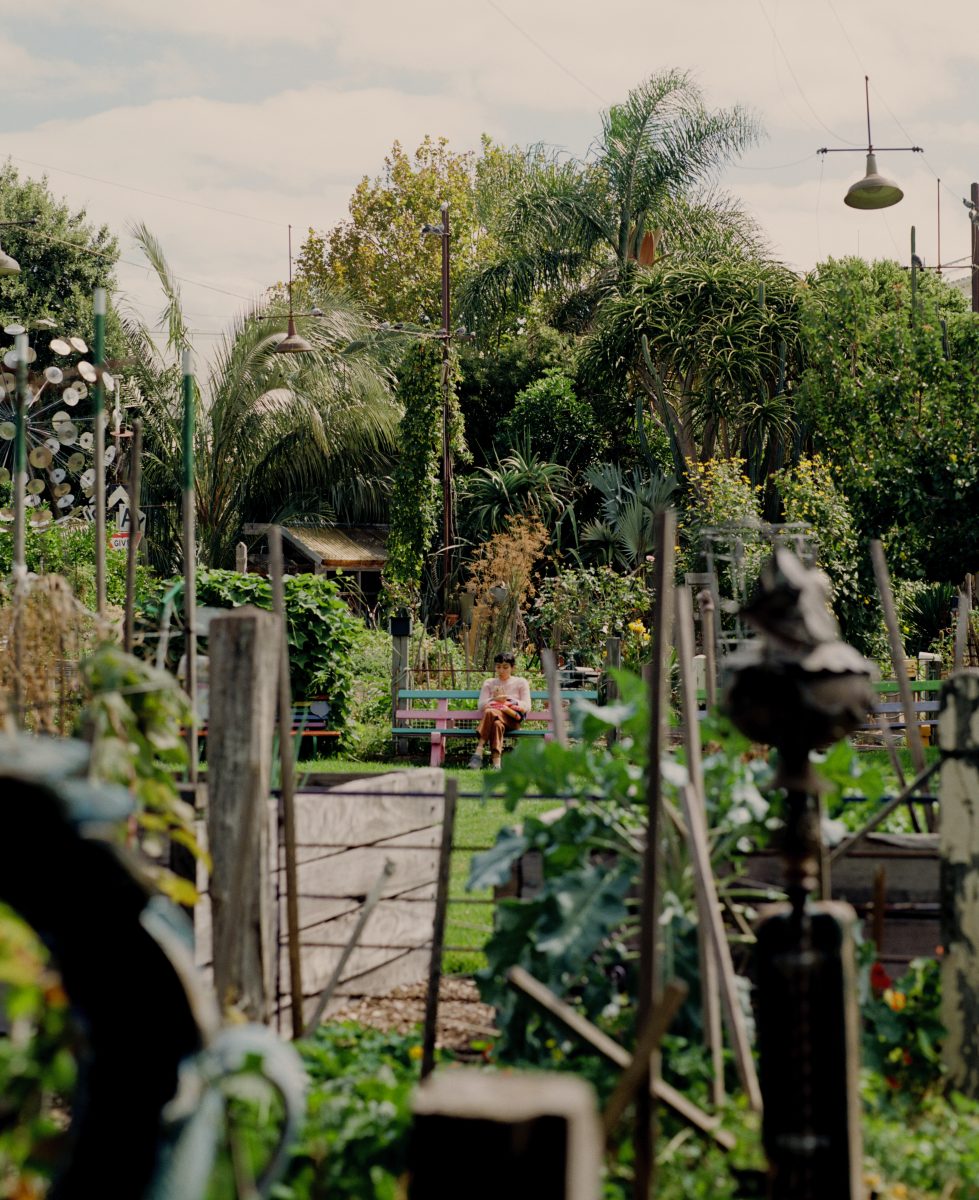
There’s a long waitlist to join, a barrier that many urban garden initiatives share. But head of communications Angharad Downing insists that anyone is welcome to come and enjoy the space, seeing Veg Out as an indispensable ‘third place’. From a new mums’ group who meets in the garden to swap baby clothes to locals dropping by to eat lunch or read a book, the garden attracts a range of visitors seeking a multipurpose environment outside of work or home. “You might not be able to do that in some other public spaces,” Angharad says. “It’s very much a community.”
My next stop is Kensington Stockyard Food Garden. It’s located in an 1800s-era cattle yard and auctioning house, an unexpected locale for a place that primarily grows plants. It’s one of the most sophisticated garden models I’ve seen despite its relatively short five years of operation.
There are roughly 50 members and no fee to join. You don’t have to be a Kensington local, you just have to be willing to get involved. If you can commit at least one hour of labour per week, in-person or remotely, you’re in.
The garden works co-operatively. The entire space is shared – members can plant and pick as they please, and they collectively vote on what happens within the space. They receive some funding through City of Melbourne and government grants, mostly to cover annual insurance gardening and water costs, which chair Nan Austin says is one of the biggest limitations of domestic gardening.

Located in Narrm/Melbourne’s western city fringe, Kensington Stockyard Food Garden employs a community participation shared management model and yield produce through permaculture practices. Image: Krystal Torre.
As the stockyard is entirely paved with bluestone, plants are grown in self-watering Biofilta Foodcubes, specifically designed to suit the Australian climate. The cubes are large enough to hold several types of crops, and many of them do, allowing for greater plant diversity than most could achieve at home.
Pumpkin, zucchini, avocado, dragonfruit, watermelon, finger lime and mushrooms all have homes here. If you don’t know what something is, Nan encourages you to try it. As we wander the garden, I sample shiso leaf, native Australian river mint, and French sorrel that bursts in my mouth like citrus.
It’s like Wonka’s Chocolate Factory in an alternative universe. Nearly everything is edible, including parts of a plant like leaves and blossoms that you sometimes wouldn’t suspect. “Even pumpkin leaves,” Nan says.
“You can pick those and use them like grape leaves. There’s a lot more stuff people could be eating when you consider how limited our diet is based on what we can buy at the supermarket.”
She’s right. When we limit our consumption to what can be purchased at the two big-box grocery stores, we limit our understanding of land, what it can provide for us, and what it takes to grow. Through the Food Garden, Nan strives to showcase the realities of growing your own food – not just its limitations but its opportunities.
She suggests I visit Davis Street Community Garden, located just a few blocks away at Parsons Street Reserve. It’s roughly six months old and 10sqm, with great potential after being reinvigorated by local resident Kyle Everett shortly after he moved to the area. [Editorial note: The space had previously been inactive after the former manager went abroad.]
A lack of growing space at home and an ultimatum from his partner first drew Kyle to the community garden. “It was kind of a condition that I’m not allowed to grow anything on my balcony,” he laughs. He also cites inhospitable growing conditions as a reason to shift away from home gardening to the communal, sun-drenched space. Now, he’s growing heads of broccoli, turnips, shocking red beetroot and eggplant – items that wouldn’t otherwise be feasible.
“It wouldn’t really be possible to do what I’m doing in this garden [at home].”
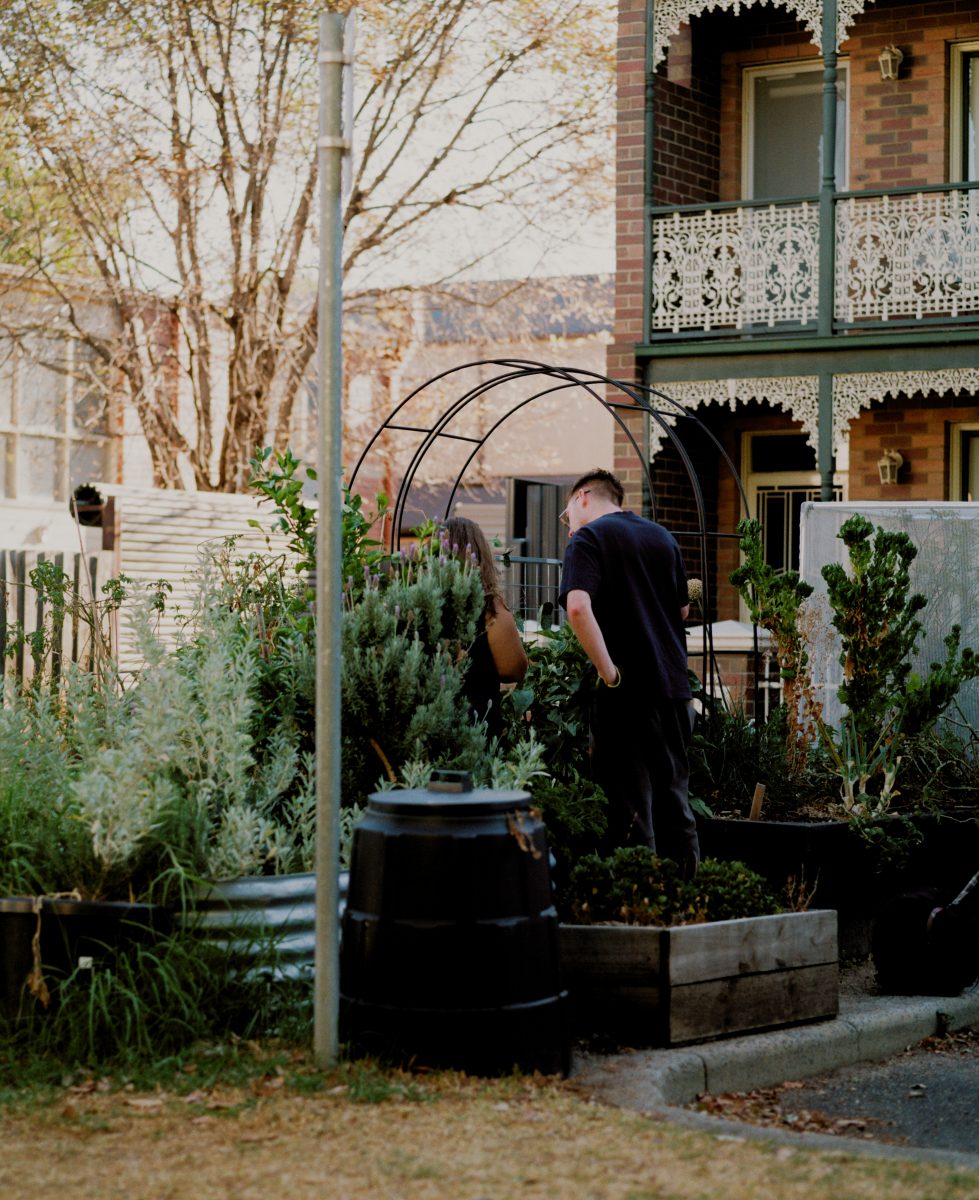
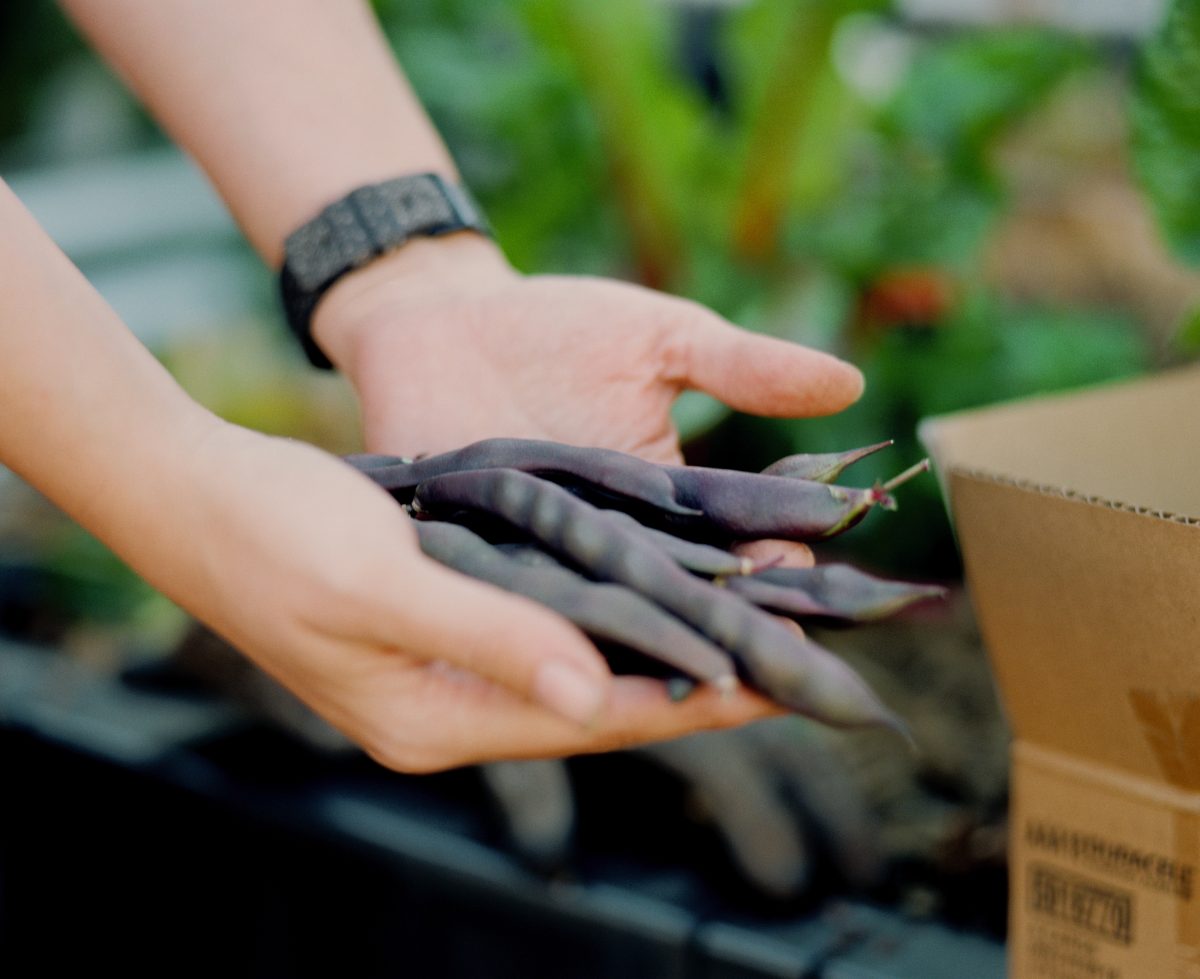
Davis Street Community Garden in Kensington, Narrm/Melbourne. Image: Krystal Torre.
Like Kensington Stockyard Food Garden, Davis Street has also been able to secure council grants as well as hands-on assistance from City of Melbourne neighbourhood partner Melanie Del Monaco, who connected Kyle with members of the Food Garden for mentorship. Kyle says this sort of support is key to helping keep volunteer-run garden projects afloat. “Melanie facilitated everything and that’s really allowed us to find our feet and have a structure set up,” says Kyle. “That’s probably best practice about getting something off the ground.”
Despite such initiatives, Melbourne still offers limited opportunities for people to connect with their food at a grassroots level. But if we prioritise communal gardens and green spaces within city planning, development and design, we can foster a future where this isn’t the case.
With a projected population of 8 million people by 2051 (3 million more than the current size), Narrm/Melbourne should be on the front foot when it comes to facilitating access to urban green space and forging a greater connection to the food we eat. For starters, according to Kyle, that means providing dedicated garden spaces – noting that there’s a lot of under-utilised public land that could be used for this purpose.
Kyle believes it’s not enough to simply designate a plot of land. Whether on council property or within a development, urban gardens require considerate design to encourage growth so they don’t face the same troubles he experienced at home, where there’s room to grow but not the conditions to support it.
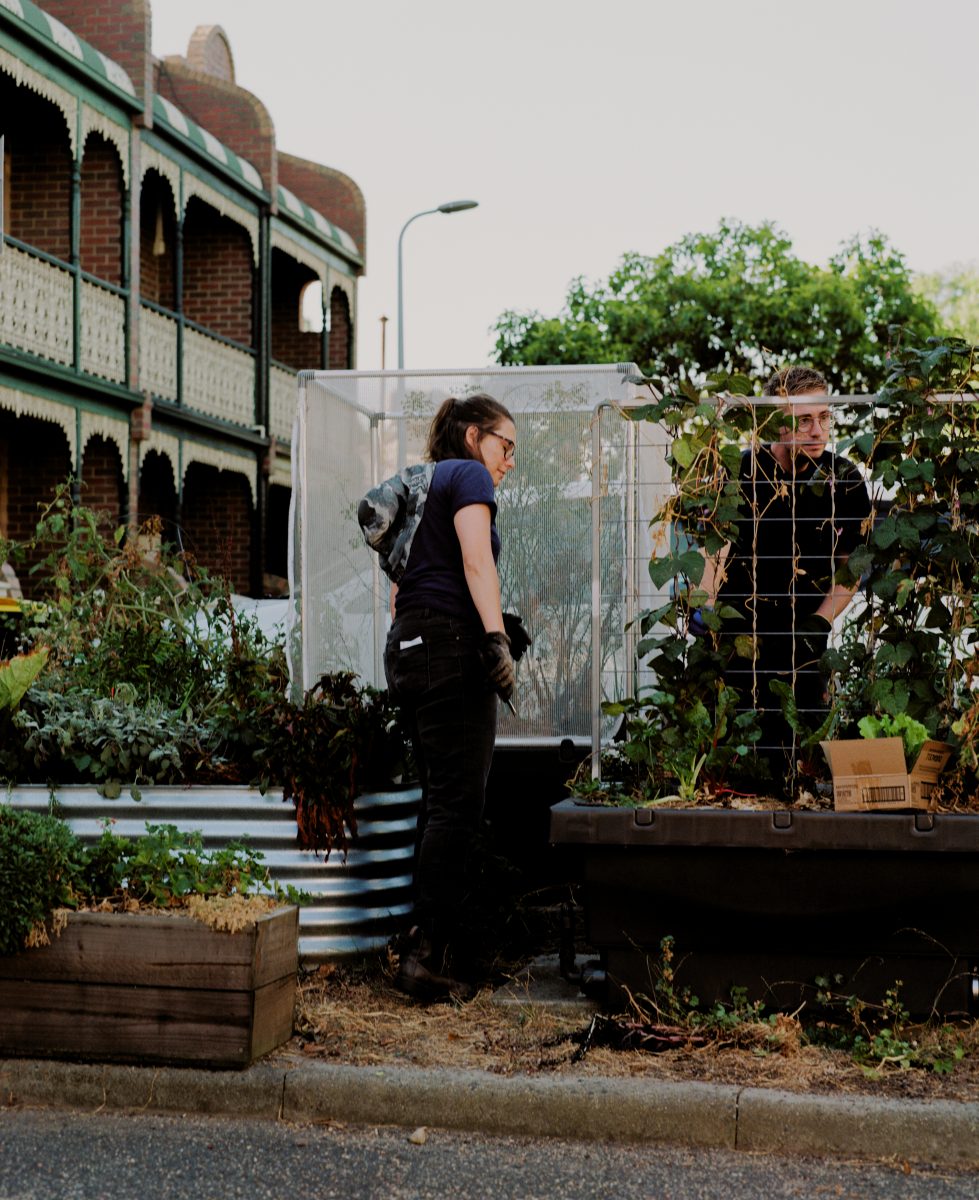
Finally, and perhaps most importantly, there must be clear guidelines on how the land is used. Otherwise, Kyle says, “you can get this confused anarchy situation where people don’t engage because there’s no clarity or they monopolise the space because there’s no clarity on that it’s a shared space.”
The ideal formula must be purpose-built and supported by resources. It must be open to community input and dynamic enough to keep up with a shifting landscape, but structured enough to sustain itself amid change.
The groundwork laid by Narrm/Melbourne’s established community gardens is a start. But most of these projects are non-profits, relying on grants, goodwill and the collective enthusiasm of members to keep the operations afloat. If we truly want to foster community-driven gardens on an ongoing large scale, Patrick says it best: “We’re a nonprofit in the disability sector. We can’t go on to expand and reach every single community in Australia. It’s really important that the people who do have the power to maintain, cultivate, protect and create green space are on board with that.”
For more information or to get involved with any of the gardens mentioned, visit the following websites or drop by in-person.
Elizabeth Street Common Ground: currently only open to members
Kevin Heinze GROW – Peppertree Place, 512 Sydney Road, Coburg who will be shortly moving to a new site at 2A Station Street Coburg.
Veg Out, Shakespeare Grove & Chaucer Street, St Kilda
Kensington Stockyard Food Garden, Bluestone Street & Serong Street, Kensington
Davis Street Community Garden, 15 Davis Street, Kensington
